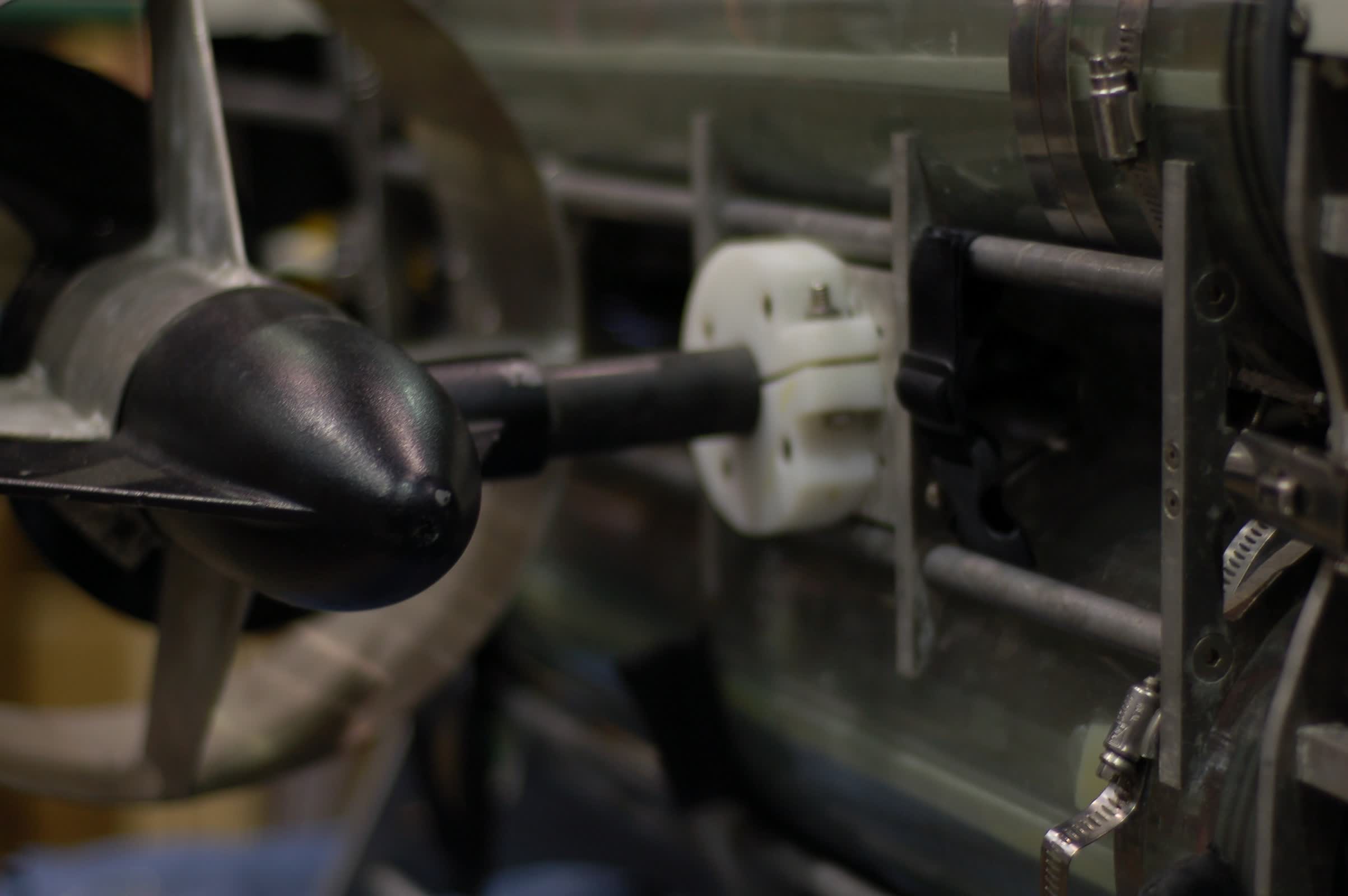Briefly: A singular and demanding operation has been unfolding within the waters of the Bay of Lübeck, off the northern coast of Germany. Specialised clearance groups have been meticulously combing the seafloor, not for fish or treasure, however for a much more harmful catch: discarded naval mines, torpedoes, artillery shells, and aerial bombs from World Battle II.
All through September and October 2024, environmental groups deployed superior underwater autos outfitted with cameras, highly effective lights, and sensors to hunt for submerged explosives from almost eight many years in the past. Consultants fastidiously assessed every merchandise from a floating platform above the underwater munitions dump earlier than utilizing electromagnets on robots or hydraulic excavator arms to soundly pack the ordnance into sealed containers.
The continuing operation is a part of a groundbreaking venture to deal with the poisonous remnants of warfare that litter the Baltic and North Seas. Consultants estimate that roughly 1.6 million tons of arms had been discarded in German waters alone, with the bulk being typical weapons. Nevertheless, 1000’s of tons of chemical weapons lie on the seabed as properly.
“We’re not speaking about just a few unexploded bombs right here,” Germany’s atmosphere minister, Steffi Lemke, instructed journalists throughout a go to to the Bay of Lübeck in October 2024. “We’re speaking about thousands and thousands of World Battle II munitions that had been merely disposed of by the Allies to forestall rearmament.”
The disposal of those munitions was a hasty operation carried out underneath Allied orders on the finish of World Battle II. Governments paid native fishermen to dump boatloads of weaponry at predetermined websites, although many simply scattered the ordnance wherever they wished to expedite the method. This dumping primarily occurred between 1945 and 1949.
Officers ignored the environmental influence of those underwater arsenals for many years. Scientists and authorities assumed the poisonous chemical substances would stay of their rusting shells or shortly disperse if launched. Nevertheless, latest analysis has revealed that the environmental hazards are much more extreme than beforehand thought.

Edmund Maser, a toxicologist on the College Medical Middle Schleswig-Holstein in Kiel, has discovered proof of TNT in mussels and fish close to dump websites. His analysis additionally exhibits that fish dwelling close to sunken warships exhibit considerably greater charges of liver tumors and organ harm. Jacek Bełdowski, a number one professional on underwater munitions dumps on the Polish Academy of Sciences, notes that typical munitions are carcinogenic. In distinction, chemical munitions are mutagenic and disrupt enzyme perform, severely impacting marine organisms.
The extent of contamination is alarming. Aaron Beck, a marine chemist on the GEOMAR Helmholtz Centre for Ocean Analysis in Kiel, reported discovering explosives in 98 % of water samples collected throughout a 2018 analysis cruise alongside the German coast. Whereas present ranges of chemical substances within the water are comparatively low, Beck warns that the scenario may deteriorate quickly if left untreated.
The €100 million ($105 million US) German government-funded venture goals to develop an environment friendly, scalable system for clearing munitions from the seafloor. Firms like SeaTerra and Eggers Kampfmittelbergung are on the forefront of this effort, testing new applied sciences and compiling essential knowledge.

Dieter Guldin, an archaeologist turned munitions disposal professional, leads SeaTerra’s operations. Together with Eggers Kampfmittelbergung, SeaTerra recovered roughly 16 tons of ammunition throughout two months of operations in 2024.
The venture’s subsequent part includes establishing a floating munitions disposal facility able to incinerating growing old explosives close to the dump websites. This innovation would get rid of the necessity for dangerous and costly transportation of ordnance to shore-based services.
The last word aim is to develop a totally automated system utilizing remote-controlled underwater autos to map, scan, and magnetically picture the seabed. Machine studying algorithms would then help consultants in figuring out and categorizing the munitions, whereas robotic arms would safely retrieve and retailer them for disposal.
Picture credit score: SeaTerra, Eggers Kampfmittelbergung


